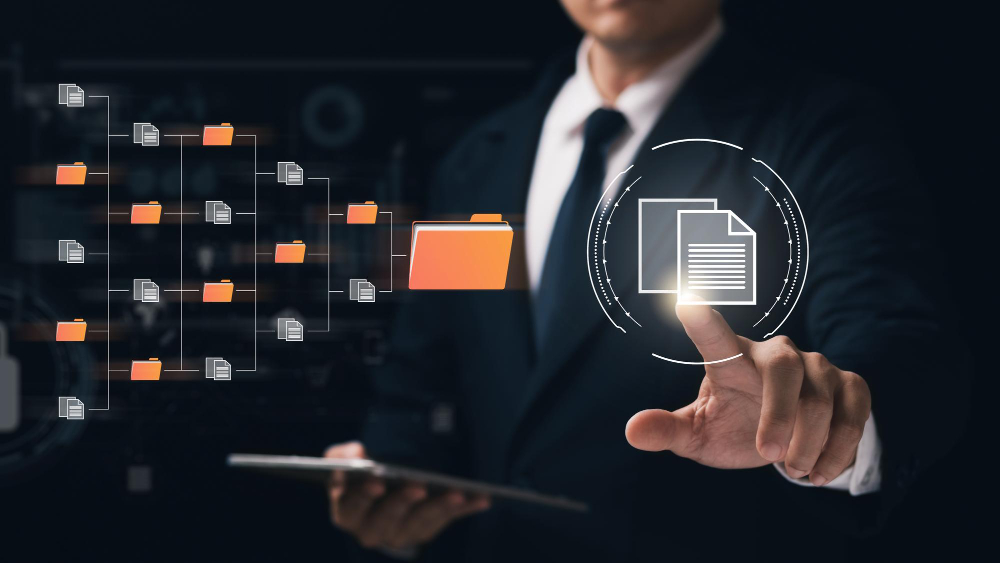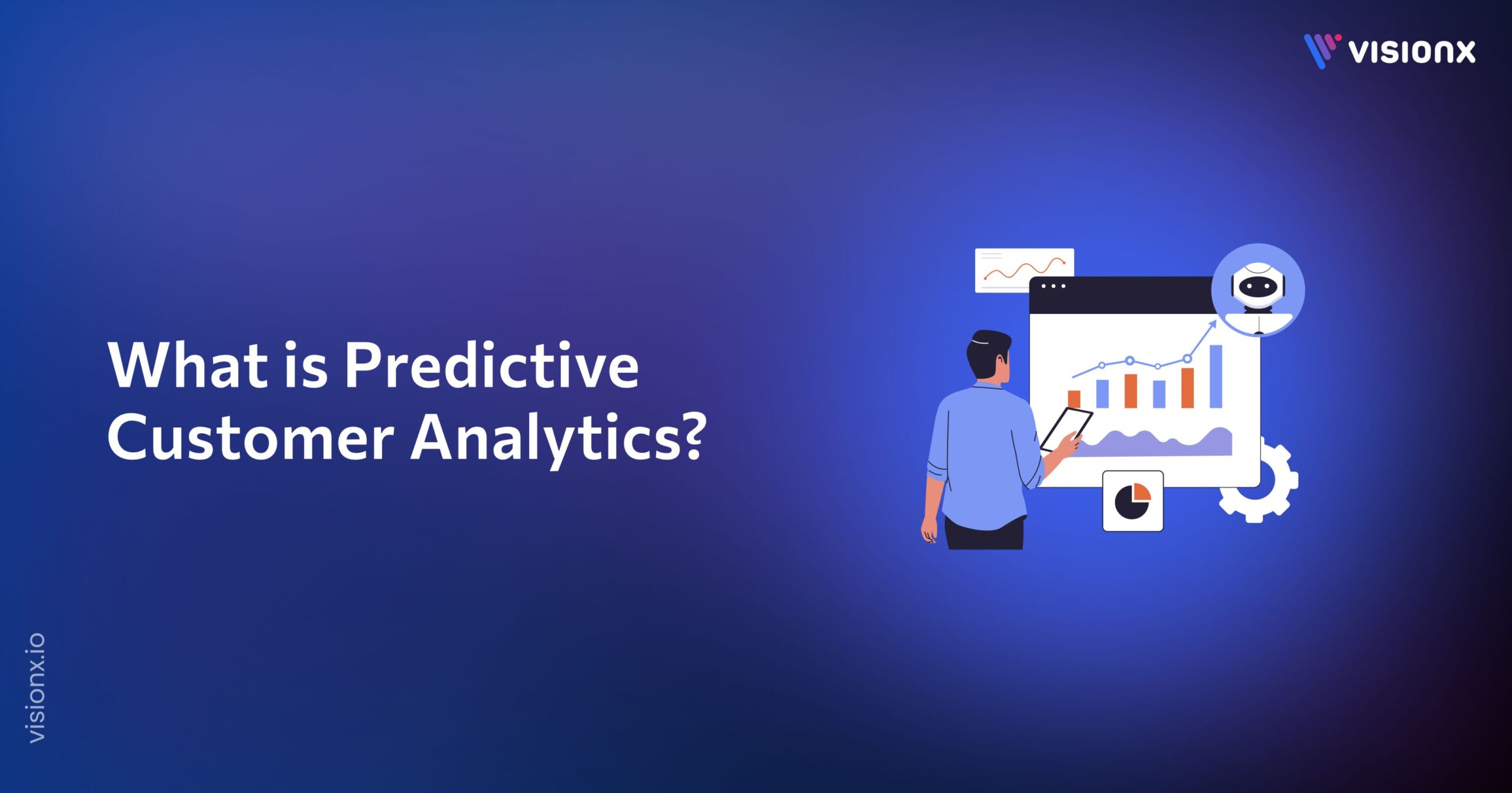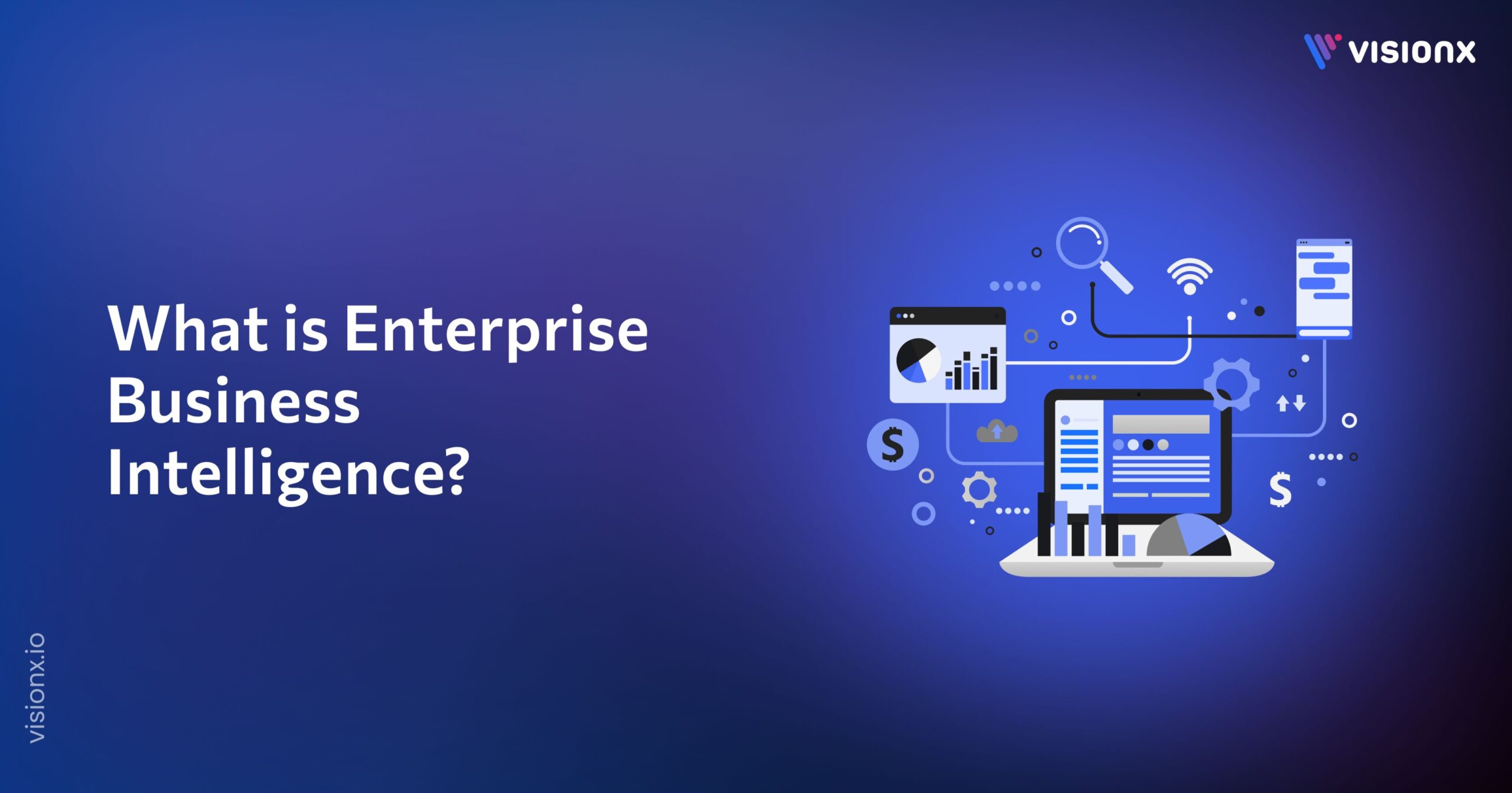OCR technology transforms scanned papers, PDFs, and photos into text that can be edited and searched. It has several benefits, including reduced physical document storage costs and increased productivity through automated data entry. It also promotes environmental sustainability using less paper and improves accessibility by making content readily searchable.
However, OCR has several drawbacks, such as accuracy problems with low-quality scans and intricate layouts, reliance on high-resolution photos, restrictions with specific languages and typefaces, privacy difficulties with sensitive data, and expensive implementation and training costs at first.
What is OCR Data Extraction?
The process of turning text from scanned photos, PDFs, or other digital formats into editable and machine-readable text is known as OCR data extraction. Due to OCR technology, systems can recognize characters from physical documents and convert them into digital versions.
This technology cannot only identify individual characters but also understand and arrange the content according to the format of the original document. Optical Character Recognition (OCR) technology can transform the restaurant by automating menu digitization and order processing, enhancing accuracy and efficiency. It also simplifies inventory management and provides valuable data insights for optimizing operations and customer experiences.
Critical Components of OCR Data Extraction:
- Image pre-processing: Increases the scanned image quality to increase the precision of word recognition.
- Character Recognition: Recognizes and produces text for each character in the image.
- Layout Analysis: Intelligence OCR recognizes the document’s structure, including text blocks, columns, tables, and graphics.
Examples of Document Formats:
- Scanned Paper Document
- PDFs with complex formatting.
- Images of handwritten notes and printed materials.
Why is Handling Complex Document Layouts Important?
There are several reasons:
1. Integrity and Accuracy:
Modern OCR systems leverage machine learning techniques to identify patterns and structures in complex documents. They train these algorithms using large-scale datasets to improve their understanding of various layouts and formats.
2. Operational Efficiency:
When complicated documents are processed efficiently, less manual data entry and correction are required. Automated OCR data extraction conserves time and money by reducing human error and expediting procedures.
3. Enhanced Accessibility:
Correctly extracting and formatting data makes documents more accessible. This process enables complicated documents to become searchable, ensures accessibility for people with disabilities to access the text, and facilitates quick identification of relevant information.
4. Business Insights:
Businesses can gain insightful knowledge from their content by extracting data from intricate papers. Accurate data extraction provides dependable information in structured and unstructured formats, facilitating better analysis and decision-making.
How Does OCR Data Extraction Handle Complex Document Layouts?
Several advanced strategies are required for handling complicated document layouts to guarantee precise and efficient data extraction:
1. Analysis of Layout:
- Page Segmentation: Sophisticated OCR systems examine a document’s structure and divide it into sections, such as paragraphs, photos, and tables. This segmentation guarantees that each component is handled correctly and aids in understanding the page’s structure.
- Text Flow Recognition: OCR systems identify the proper reading sequence in documents with multiple-column layouts. This requires examining the text’s flow from column to column and ensuring the extracted material maintains its sense of order.
2. Integration of AI and machine learning:
- Pattern Recognition: Modern OCR systems employing machine learning techniques identify patterns and structures in complicated documents by training these algorithms with large-scale datasets to enhance their understanding of various layouts and formats. To train these algorithms to understand multiple layouts and formats better.
- Deep Learning Models: Methods like convolutional neural networks (CNNs) improve text recognition performance. Because these models learn from many samples, they are especially good at identifying text within photos, graphs, and other non-standard formats.
3. Understanding Context:
- Adaptive Algorithms: OCR systems that include contextual comprehension can modify their processing algorithms according to the structure and content of the document. For instance, they can dynamically adjust to various formats and manage varied text styles, headers, and footers.
- Contextual Error Correction: Sophisticated OCR algorithms use contextual data to fix mistakes in the recovered text. These systems can distinguish between similar letters and words by analyzing the context in which the text occurs, which increases overall accuracy.
4. After-Processing Methods:
- Error Correction: In this step, reviewers improve accuracy and refine the result by fixing OCR faults in the extracted text through a thorough review and correcting any errors found.
- Preserving the Original Document’s Formatting: To this end, sophisticated OCR systems maintain table layouts, column alignments, and other formatting components in the collected data.
Common OCR Challenges
1. Handwriting Recognition:
Variability in handwriting styles and lack of consistency between individuals can make it challenging for OCR systems to interpret text accurately. Additionally, poor-quality scans further complicate the recognition process.
OCR systems need help with complex document layouts featuring multiple columns, tables, or fonts, which can result in errors when interpreting and organizing text. Moreover, challenges like low image resolution, distortion, and background noise can reduce OCR accuracy, complicating the accurate extraction of text from images.
Addressing these challenges necessitates advanced OCR technologies adept at managing diverse document structures and enhancing image quality processing to ensure precise text extraction and interpretation.
2. Data Privacy and Security Concerns:
OCR systems often process sensitive or confidential information, which requires security measures to safeguard data and ensure compliance with regulations such as GDPR and HIPAA.
Data Encryption is crucial in protecting scanned documents and OCR outputs by encoding them, preventing unauthorized access, and strengthening defenses against potential data breaches. Strict Access Control measures ensure that only authorized personnel can access or manage sensitive OCR data, minimizing the risk of unauthorized violations.
These combined practices improve data security, safeguard confidential information, and uphold privacy standards throughout organizational operations.
3. OCR Implementation Costs:
Initial costs include purchasing OCR software, hardware, system integration, and ongoing maintenance. Additional expenses include training staff to use the new system effectively.
OCR provides substantial benefits by automating data entry and processing tasks, boosting efficiency, minimizing errors, and generating long-term cost savings, all while enhancing data accessibility. Evaluating the return on investment (ROI) requires measuring improvements in efficiency, accuracy, and cost savings against initial setup and operational expenses to gauge the overall financial impact.
This thorough assessment enables organizations to maximize their OCR investment by quantifying qualitative and quantitative benefits, empowering informed decision-making and resource allocation strategies.
Real-World Applications of OCR Data Extraction:
Following are the Industries benefiting the most from OCR technology
1. Finance:
Automated invoice processing streamlines accounts payable operations by automating the extraction of vital data from invoices and receipts. This technology boosts efficiency by quickly capturing and verifying essential information. It reduces the errors and minimizes the need for manual data entry.
Moreover, it converts financial records into digital formats, simplifying document management workflows.
2. Healthcare:
Patient Record Management involves converting handwritten or printed medical records into digital formats. OCR Processing automates data extraction from insurance claims, decreasing errors and expediting processing times. These processes optimize healthcare efficiency, improving patient care and operational outcomes.
3. Legal:
OCR plays an essential part in speeding up the legal system. It enables the efficient digitization of legal documents, facilitating easier retrieval and analysis. OCR can extract relevant data from enormous amounts of documents during the litigation’s discovery phase. Moreover, OCR automates data extraction from legal documents to support compliance efforts. OCR also improves contract analysis by making it possible to review important terms and clauses quickly.
4. Government:
The government sector uses OCR technology extensively to increase accessibility and efficiency. OCR makes it easier to digitize government records, including tax returns and birth certificates. It minimizes human error and labor by automating data entry from a variety of government forms.
Future Trends in OCR Data Extraction
Let’s explore what future advancements can be made and expected through OCR data extraction.
1. Advancements in OCR Technology:
Future OCR systems are progressively incorporating artificial intelligence (AI) and machine learning algorithms to improve accuracy continually. These advancements enable OCR to learn from data patterns, handling various fonts, layouts, and handwriting styles more effectively than traditional methods.
Deep learning techniques strengthen OCR capabilities by allowing systems to interpret complex patterns and structures within documents, resulting in increased accuracy and faster processing speeds. These developments offer significant benefits for large-scale document digitization projects, enhancing the efficiency and precision of information extraction.
2. Integration with Other Technologies:
Integrating OCR with RPA streamlines document-centric processes by enabling RPA bots to extract and verify data from documents, autonomously feeding it into downstream systems. This integration reduces the need for manual intervention, significantly boosting processing efficiency.
Similarly, coupling OCR with NLP empowers systems to extract and understand textual content, enabling tasks like sentiment analysis, content categorization, and contextual comprehension within documents through advanced text analysis capabilities. This alliance enhances overall operational intelligence and decision-making processes.
Tools and Technologies:
Several OCR systems and tools are to work well with intricate document layouts, including:
- ABBYY FineReader: Renowned for its potent layout analysis powers, Fine Reader is highly accurate while processing multi-column formats and structured tables.
- Google Cloud Vision API: This AI-powered tool offers powerful identification capabilities that adjust to different formats. It manages a wide range of document types and layouts.
- Tesseract OCR: An open-source OCR engine that can be adjusted for various document types and structures and supports several languages.
Conclusion:
OCR data extraction is a game-changing technology that quickly and accurately converts different document formats into editable, searchable text. Advanced methods and tools are needed to handle complicated document layouts, such as tables, mixed content, and columns.
Modern OCR systems can efficiently manage complex document structures and provide high-quality data extraction by utilizing layout analysis, machine learning, contextual understanding, and post-processing. Receipt OCR APIs use advanced OCR technology to extract and convert text from receipt images into structured digital data, streamlining expense management, inventory tracking, and financial record-keeping. This automation improves accuracy, reduces manual errors, and enhances operational efficiency.
Knowledge about OCR data extraction’s capabilities requires understanding its components, why handling complicated documents requires it, and how cutting-edge solutions solve these issues.


